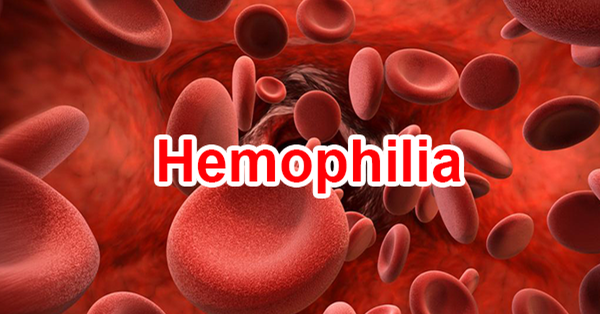Particle pollution – a silent ‘enemy’ that harms the lungs
Microscopic particles suspended in the air, though invisible to the naked eye, can silently cause damage to the lungs.
Particulate matter (particulate matter) is a mixture of particles or droplets made up of dirt, dust, soot, smoke, and liquid compounds. These particles are a form of air pollution that can wreak havoc on a person’s health.
According to the US CDC, particle pollution can come from two different types of sources, including primary sources of self-contaminating particles. For example, wood stoves and forest fires are the main sources. Secondary sources release gases that can form particles such as power plants, coal fires, car and truck fumes, and construction sites. Particulate pollution is often made up of components such as nitrates, sulfates, organic chemicals, metals, soil, or dust particles. Ingredients may vary by season. For example, soot and smoke from fires are more common in winter.
Breathing particulate-contaminated air can be harmful to health. Specifically coarse (larger) particles, which irritate the eyes, nose and throat. Small particles are more dangerous because they can get into the deep parts of the lungs, even into the bloodstream.

Particulate pollution causes many serious health problems. Photo: Freepik
Particulate pollution can affect anyone. However, people with heart or lung disease (eg, asthma, COPD), the elderly, children, and infants are more exposed to health effects from particulate pollution. Particulate pollution is also linked to heart attacks, lung cancer, and low birth weight babies. In addition, exposure to this type of air pollution can lead to sore eyes and sore throat.
When it comes to the level of particle pollution, the Environmental Protection Agency (EPA) says particle size is the most important factor.
In general, smaller particles (10 micrometers or less in diameter) are more likely to cause health problems than larger particles. This is because small particles can enter the lungs much more easily during breathing, through the nose and throat. Some particles can even enter the bloodstream.
The Environmental Protection Agency (EPA) classifies particulate pollution into two categories, including:
Coarse particles that can be inhaled into the body: Usually found near dusty roads or industrial areas. They are larger than 2.5 micrometers, less than 10 micrometers in diameter. Sources of this particulate pollution can be from milling operations and traffic dust.
Fine-grained: commonly found in smoke and fog, it can be diffused from forest fires or can form from gases from industrial power plants or cars. They get into the air and create a chemical reaction. It is estimated that a 10% reduction in fine particle pollution could avert more than 13,000 deaths annually in the US.
How to protect yourself from particle pollution?
According to scientists, particulate pollution exists in the environment and very close to each person. To protect yourself from this hazardous material, first update the EPA’s air quality index, which is reported daily on weather websites (and on forecast programs). weather, especially when readings exceed safe levels).
Before you go out, check these indicators first, consider whether to change your plans to spend more time at home if the air quality is so bad today.
In addition, when the air quality is not good or below a safe level, try to minimize outdoor activities because going outside can make breathing difficult. In other words, walk gently instead of jogging and avoid busy roads where there is more traffic with higher pollution levels.
Older adults, people with heart or lung disease, infants and children are the most susceptible to health problems from particle pollution. So make sure to prioritize protecting them from these harmful particles.
Quynh Chi (According to US CDC, VeryWellHealth)
at Blogtuan.info – Source: vnexpress.net – Read the original article here



